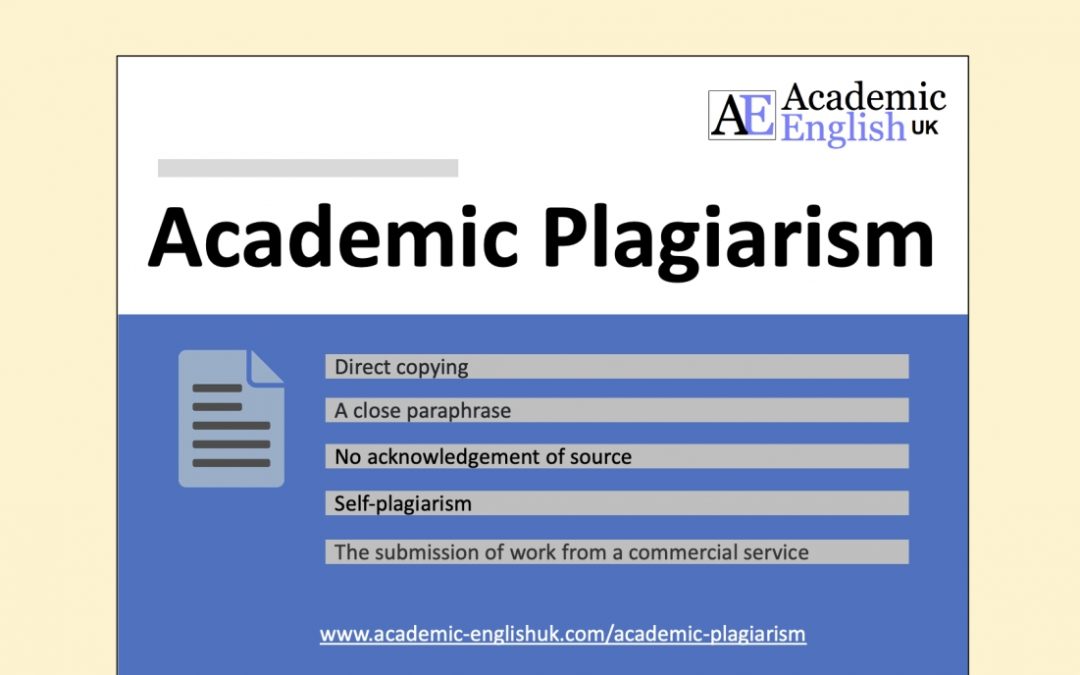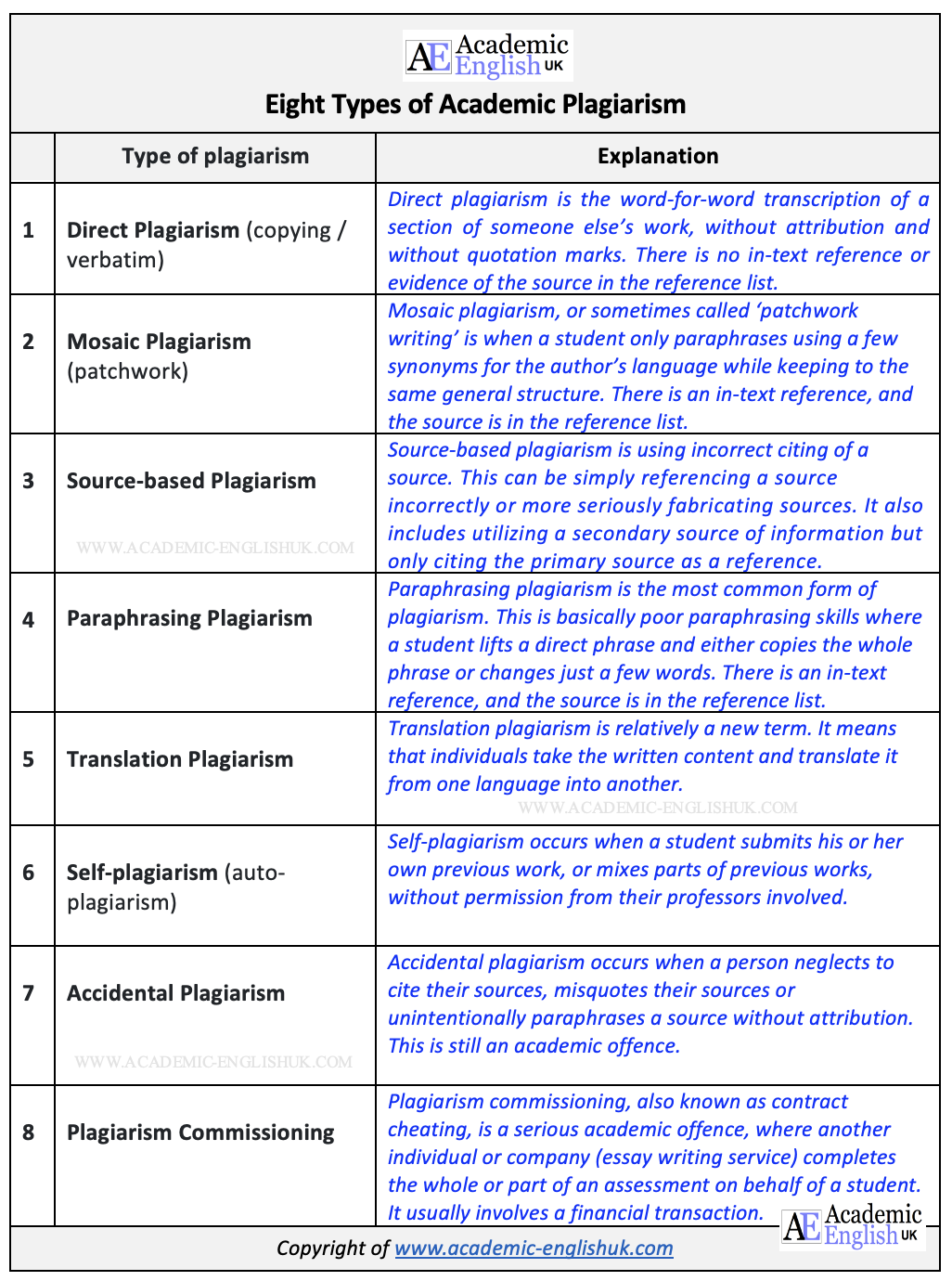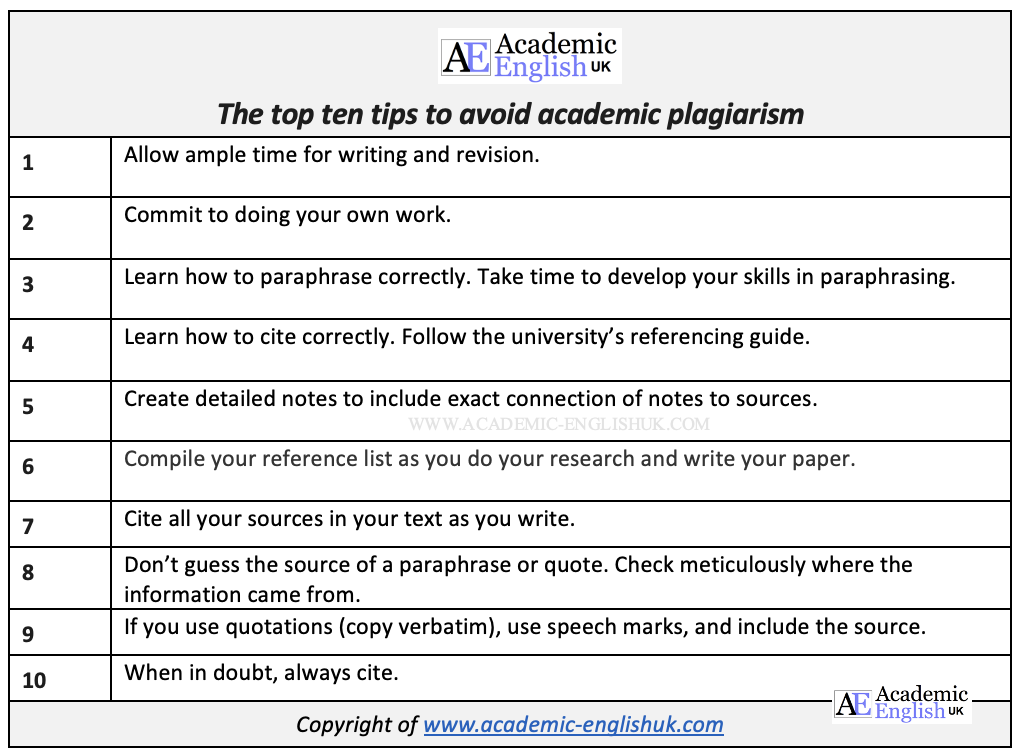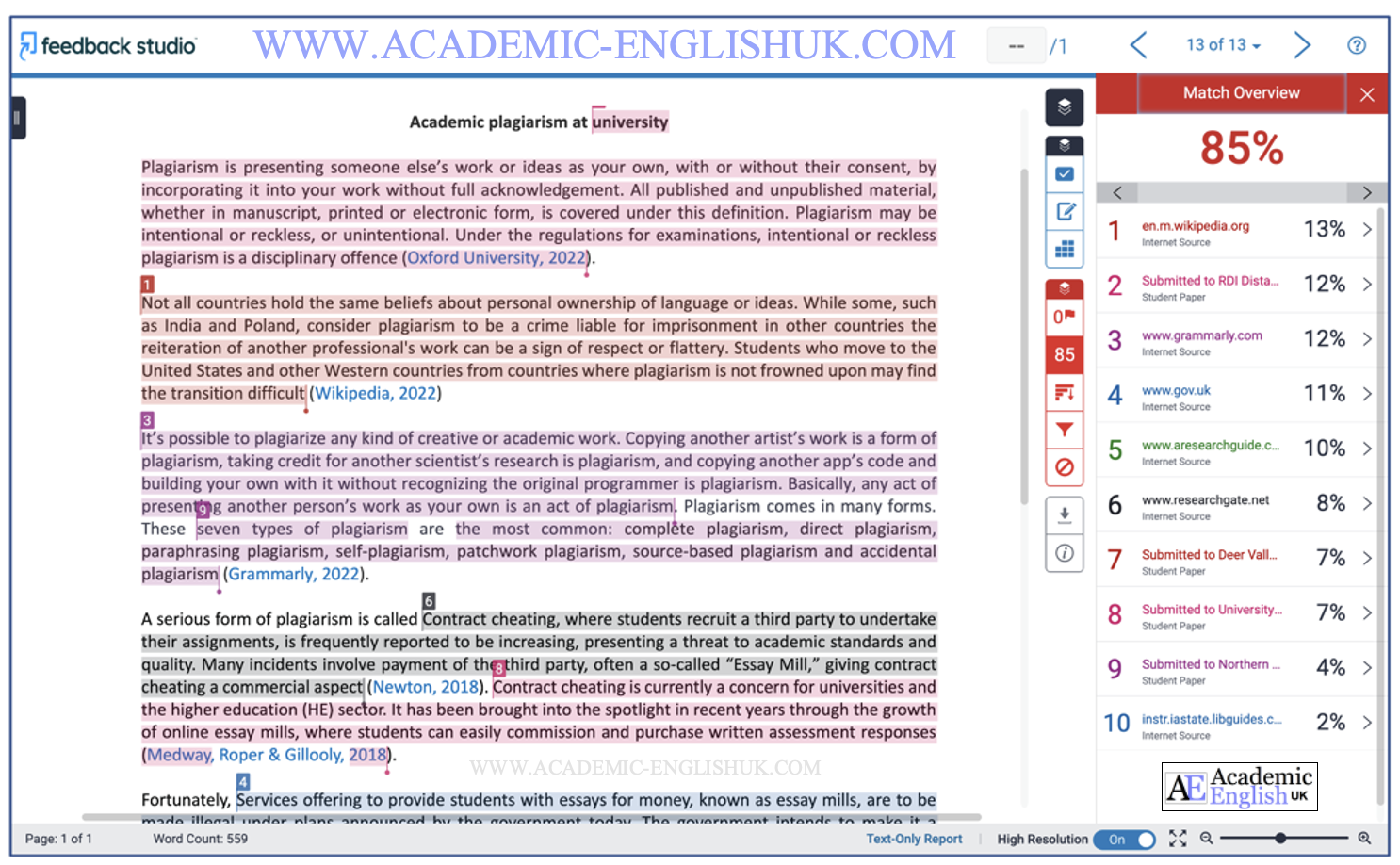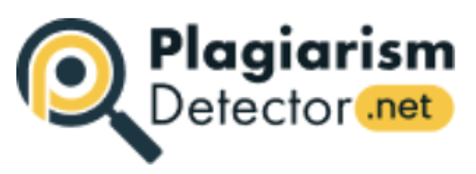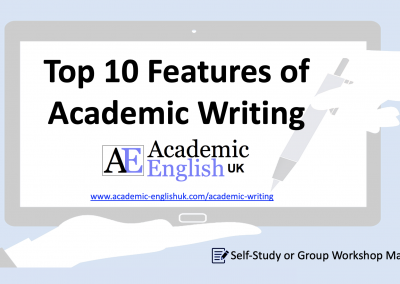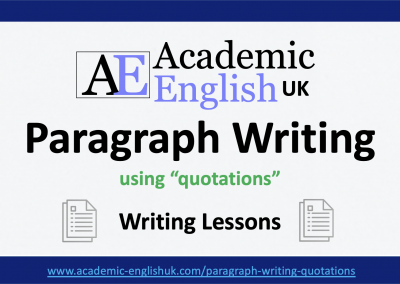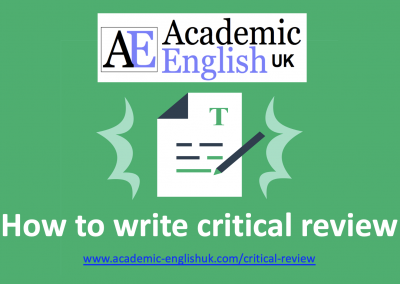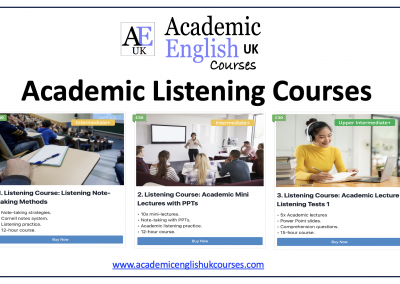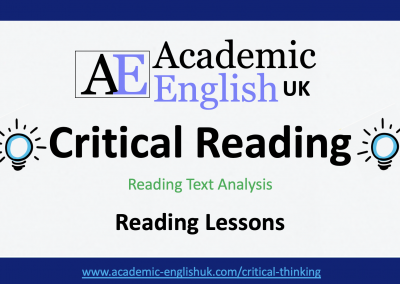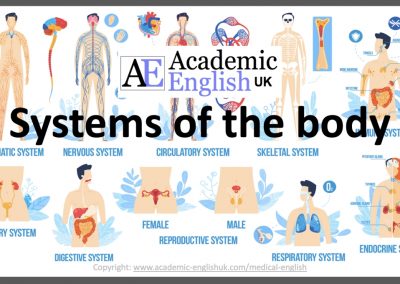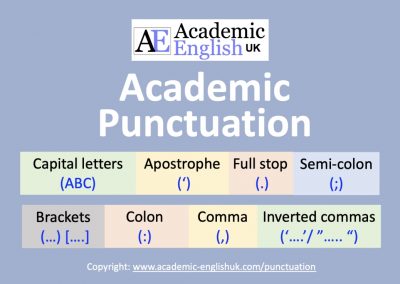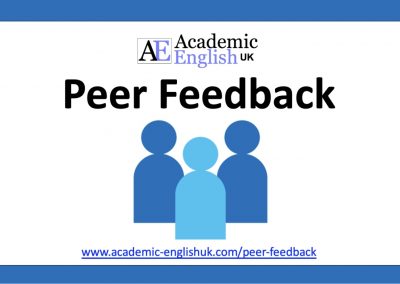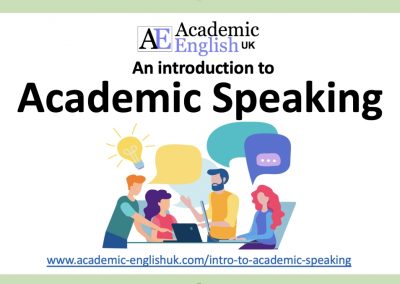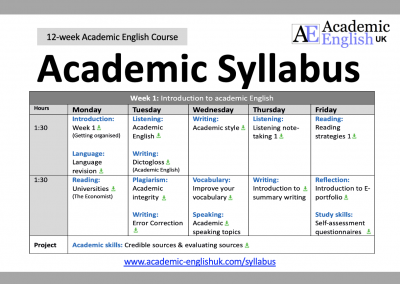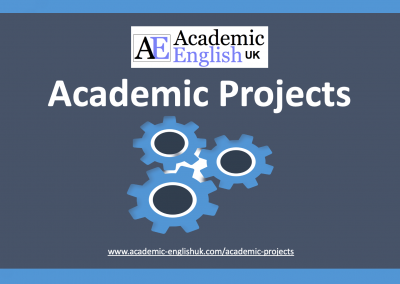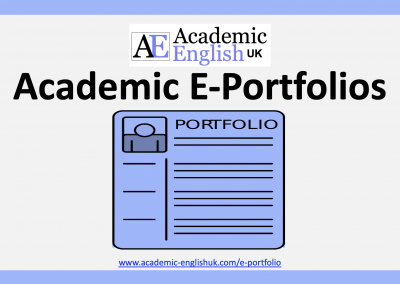Academic Plagiarism
What is academic plagiarism?
Academic Plagiarism at university is a form of cheating and is a serious academic offence. It arises from work submitted that is not the student’s own and has been taken from another source and usually includes a lack of referencing, poor paraphrasing or complete copying. The most common forms of plagiarism are: direct, mosaic, source-based, paraphrasing, translation, self, accidental and commissioning plagiarism.
University Plagiarism Definitions
Plagiarism is presenting someone else’s work or ideas as your own, with or without their consent, by incorporating it into your work without full acknowledgement. All published and unpublished material, whether in manuscript, printed or electronic form, is covered under this definition. Plagiarism may be intentional or reckless, or unintentional. Under the regulations for examinations, intentional or reckless plagiarism is a disciplinary offence (Oxford University, 2022).
For purposes of the Stanford University Honour Code, plagiarism is defined as the use, without giving reasonable and appropriate credit to or acknowledging the author or source, of another person’s original work, whether such work is made up of code, formulas, ideas, language, research, strategies, writing or other form(s). Moreover, verbatim text from another source must always be put in (or within) quotation marks (Stanford University, 2022).
If a student submits an assignment that contains work that is not their own, they are committing ‘plagiarism’ and this is an academic offence. Submitting work that has been done by someone else and persistent borrowing of other people’s work without citation are instances of plagiarism and are regarded as cheating. Paying for work from other sources and submitting it as your own is also a form of plagiarism. It is intellectually dishonest to cheat and thus give one student an unfair advantage over others(The Open University, 2022).
Academic Plagiarism Video
If you can’t access this YouTube video in your country, go here
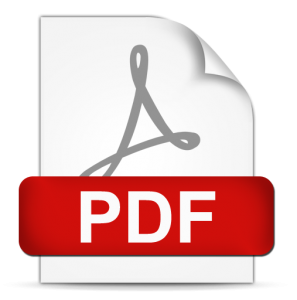 Academic Plagiarism Video Worksheet
Academic Plagiarism Video Worksheet
This worksheet is designed to improve students’ understanding of academic plagiarism. Students watch the video and take notes on the eight types of plagiarism, how to avoid plagiarism, what is Turnitin and plagiarism checkers. Video Level ***** [B1/B2/C1/C2]
Academic Plagiarism Download
 Academic Plagiarism (task-based lesson)
Academic Plagiarism (task-based lesson)
This lesson is designed to improve students’ understanding of academic plagiarism. It introduces students to university plagiarism definitions and asks them to create a ‘how to avoid plagiarism’ list. The lesson also includes a section on the university plagiarism system ‘Turnitin’ and a range of tasks on using plagiarism checker websites. Example. Level ***** [B1/B2/C1/C2] TEACHER MEMBERSHIP / INSTITUTIONAL MEMBERSHIP
Eight types of plagiarism
How to avoid plagiarism
Turnitin:
Most UK universities use is a web-based plagiarism prevention system called ‘Turnitin’.
There are three main uses of Turnitin:
- To act as a deterrent against plagiarism.
- To provide reports which can help identify occurrences of plagiarism.
- To provide students with a tool to identify and correct possible occurrences of plagiarism.
How does Turnitin work? Students upload their assignment through Turnitin on the university’s online learning platform. Turnitin will then analyse the submitted work to identify text matches with other sources and collusion, usually completing this task within a few minutes. For each piece of submitted work, Turnitin provides two things:
- A similarity index, which indicates the percentage of the submitted paper that Turnitin has identified as being matched against other sources. In the example below, this is 85%.
- An originality report, which shows each of these matches in more detail, including the direct links to the source(s) that Turnitin has found. These can be websites, books, journals and articles, or work that has previously been submitted. In the example below, there are 10 source matches.
Text adapted from Queen Mary University (2022): https://elearning.qmul.ac.uk/guide/what-is-turnitin-student/
Academic Plagiarism Checkers
Here are a couple of free plagiarism checkers
Be aware that these checkers are not as good as Turnitin.
Academic Plagiarism Download
 Academic Plagiarism (Task-based lesson)
Academic Plagiarism (Task-based lesson)
This lesson is designed to improve students’ understanding of academic plagiarism. It introduces students to university plagiarism definitions and asks them to create a ‘how to avoid plagiarism’ list. The lesson also includes a section on the university plagiarism system ‘Turnitin’ and a range of tasks on using plagiarism checker websites. Example. Level ***** [B1/B2/C1/C2] TEACHER MEMBERSHIP / INSTITUTIONAL MEMBERSHIP
Other similar downloads…
Academic Integrity
 Academic Integrity – Discussion Lesson
Academic Integrity – Discussion Lesson
This is a great speaking lesson on the values and principles of academic integrity. It begins with defining ‘academic integrity’, followed by a kinaesthetic speaking activity on the key terms of academic misconduct and finishes with a yes/no questionnaire on professional proofreading (see example). Level ***** [B2/C1] / TEACHER MEMBERSHIP / INSTITUTIONAL MEMBERSHIP
Plagiarism reading / writing summary / listening test
Reading Test: Academic Plagiarism – the use of custom essay writing services / writing mills
The text discusses what academic plagiarism is, what custom essay writing services are and why university students use them. It highlights the key problems associated with using these sites and offers possible solutions to prevent students from using them. The reading test worksheet includes: headings / T,F,NG / open answers / gap fill / information tables / reference words / vocabulary. (Example) Level ***** [B2/C1] TEACHER MEMBERSHIP / INSTITUTIONAL MEMBERSHIP
Academic Plagiarism: Summary Reading & Writing Lesson
The text discusses what academic plagiarism is, what custom essay writing services are and why university students use them. It highlights the key problems associated with using these sites and offers possible solutions to prevent students from using them. The summary writing task consists of a note-taking worksheet, a summary writing task, critical thinking questions, sample notes, a sample summary and sample critical thinking answers. Example. Level ***** [B2/C1] TEACHER MEMBERSHIP / INSTITUTIONAL MEMBERSHIP
Academic Plagiarism- Lecture Listening Lesson (same text as reading)
This lecture focuses on academic plagiarism, what custom essay writing services are and the associated problems and solutions. It includes a video, test questions, tapescript and PPT (example). It is exactly the same text as the reading lesson. Level ***** [B2/C1] / PPT link in download / Video [12.00] / TEACHER MEMBERSHIP / INSTITUTIONAL MEMBERSHIP
Plagiarism Dictogloss
 Dictogloss: Academic plagiarism
Dictogloss: Academic plagiarism
A definition of plagiarism, the different forms of plagiarism and custom essay writing services. Key language areas: gerunds (ing forms) / plagiarism terminology. Example / more dictogloss lessons / Level: ***** [B1/B2/C1] / TEACHER MEMBERSHIP / INSTITUTIONAL MEMBERSHIP
+

